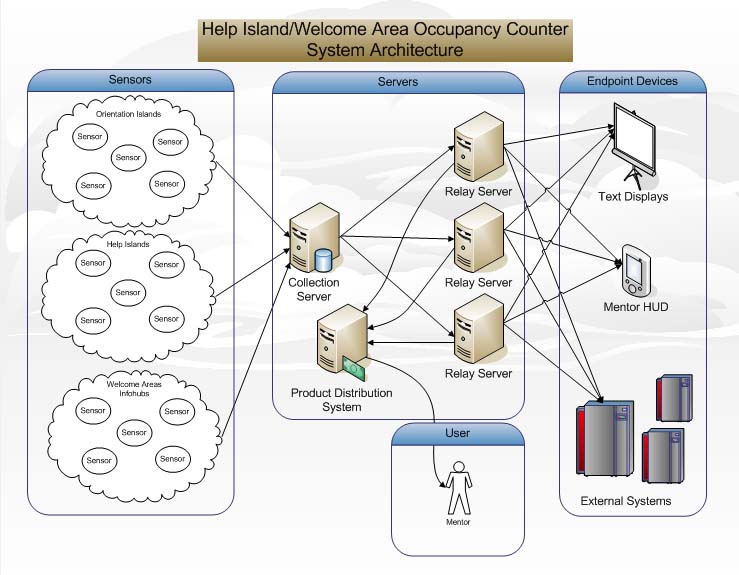User:Lum Pfohl/LSL Goodies/HI-WA Occupancy Counter System/System Architecture
Jump to navigation
Jump to search
The printable version is no longer supported and may have rendering errors. Please update your browser bookmarks and please use the default browser print function instead.
System ArchitectureIt All Starts With The Requirements
Requirements
Sensors
Collection Server
Relay Servers
Endpoint Devices
Product Distribution System
Communications
Reliability
Lum Pfohl 20:30, 1 September 2008 (PDT) |
|

